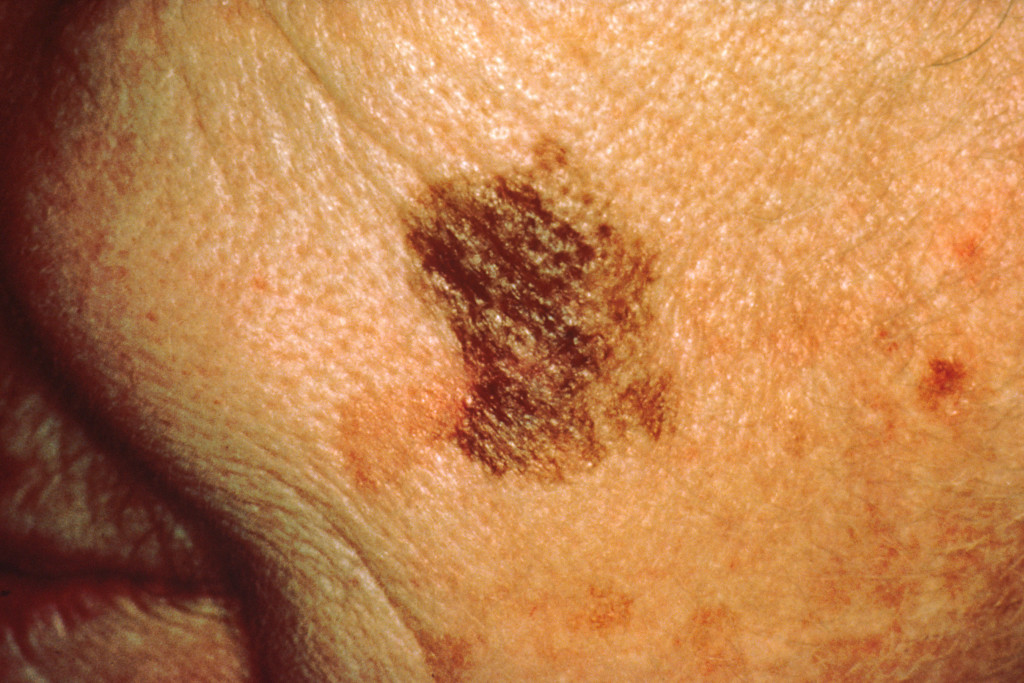Skin cancer is one of the most common types of cancer. Approximately 2 million people are diagnosed each year
What is Skin Cancer?
In a nutshell, skin cancer is a malignant tumor found on the skin. While very common, it can be just as deadly as other cancers. However, it is very curable — when caught and treated in its early stages.
This type of cancer is generally related to sun exposure. However, other factors do come into play such as genetics and immune system health. There are three separate types of skin cancer — squamous cell carcinoma, melanoma, and basal cell carcinoma.
There are several groups who are at higher risk of getting skin cancer including:
- Those with fairer skin
- Those who use or used tanning beds
- Those with a family history
- And those who may have received repeated X-ray exposure
If you are in a risk group, it is imperative that any possible cancers be detected in the earliest stage possible. You should routinely check your body for any symptoms or changes in the skin — especially moles. Mole changes should be evaluated using the ABCDEs of skin cancer:
Asymmetry — Moles should be symmetrical in shape. Those which are not should be examined.
Border — Irregularly or poorly defined borders
Color — Variations of color within the moles
Diameter — Melanomas are usually larger than 6mm; however, they can present as smaller
Evolving — Moles that may change over time, as most healthy moles do not. You should pay attention to any changes in size, or color or if a mole crusts over, bleeds, or itches.
Should you notice any of these symptoms you should visit a physician for a medical examination. For those in a high-risk group, monthly self exams should be done to catch potential skin cancers in the early stages.
Avoiding Skin Cancer
As sun exposure is one of the main causes of skin cancers, there are several steps you can take to lessen your risk. These include:
- Do not allow yourself to burn
- Seek shade — especially between 10 a.m. and 4 p.m.
- Do not use tanning beds
- Use a broad spectrum sunscreen
- Cover up with clothing and a broad-brimmed hat, and wear UV-blocking sunglasses.
If you are concerned about skin cancers, or want to know more about prevention and diagnosis, please give us a call at Laser Lipo and Vein Center.
“Melanoma with diameter change” by Unknown photographer – This image was released by the National Cancer Institute, an agency part of the National Institutes of Health, with the ID 2365 (image) (next).This tag does not indicate the copyright status of the attached work. A normal copyright tag is still required. See Commons:Licensing for more information. English | Français | +/−. Licensed under Public Domain via Wikimedia Commons – https://commons.wikimedia.org/wiki/File:Melanoma_with_diameter_change.jpg#/media/File:Melanoma_with_diameter_change.jpg

